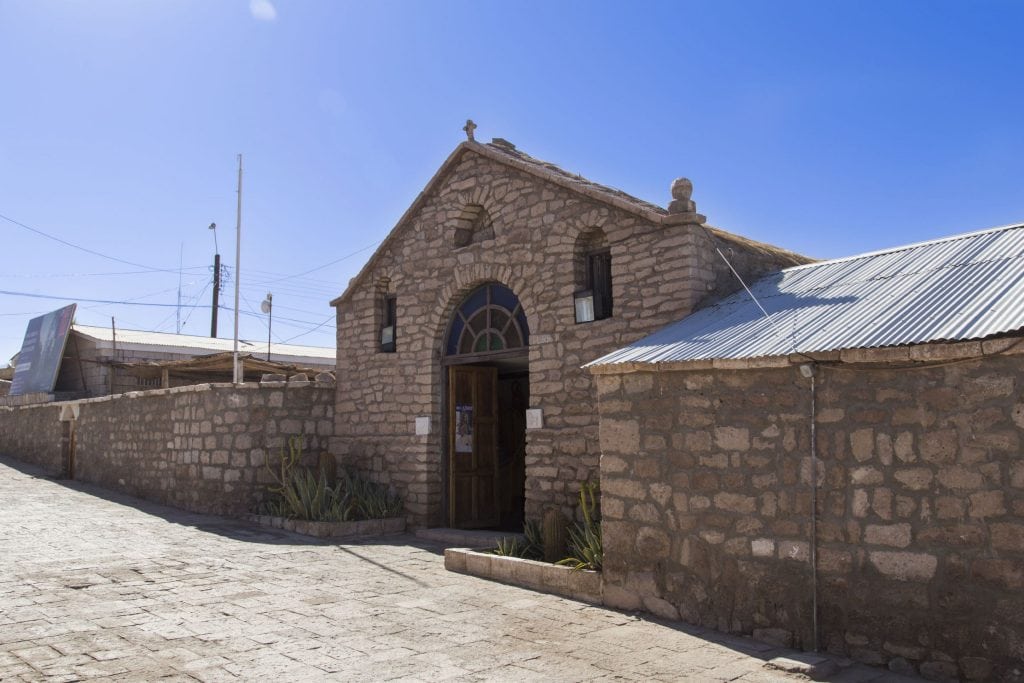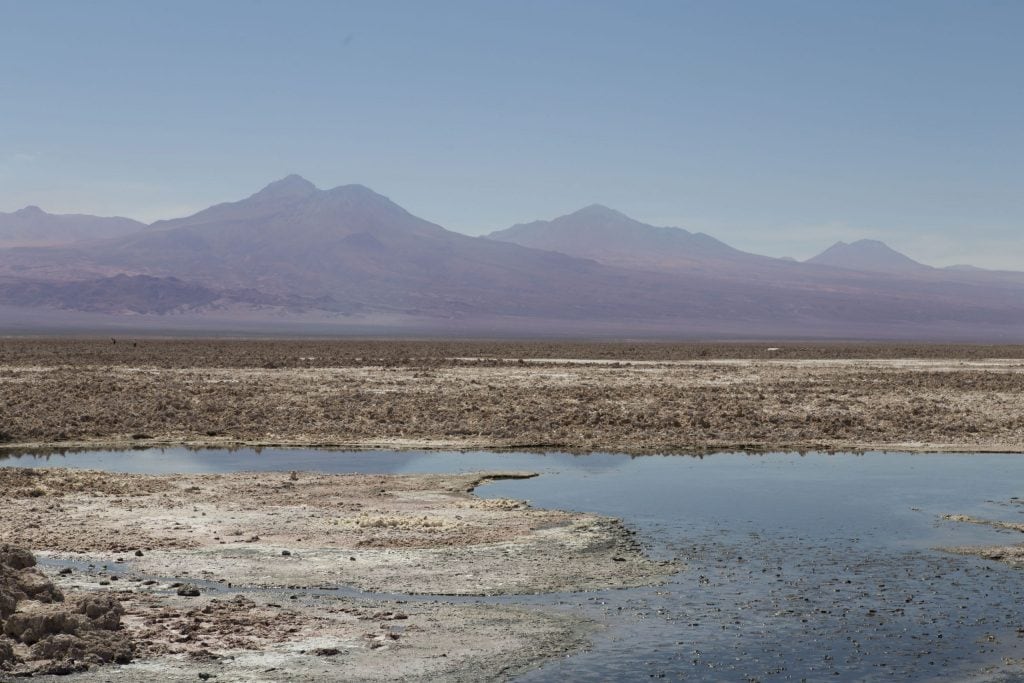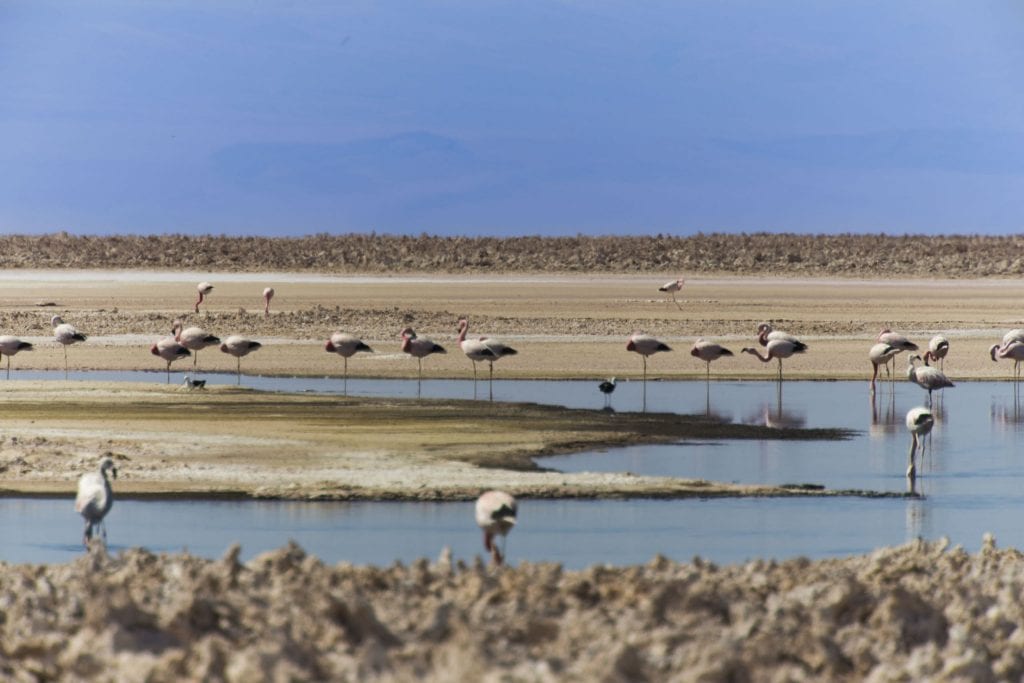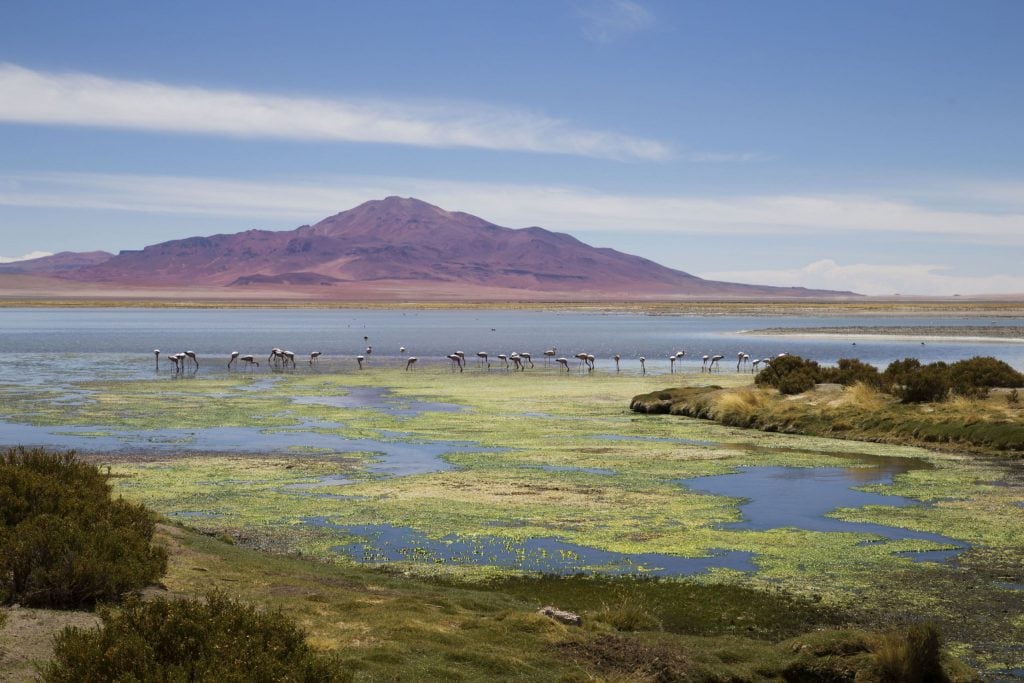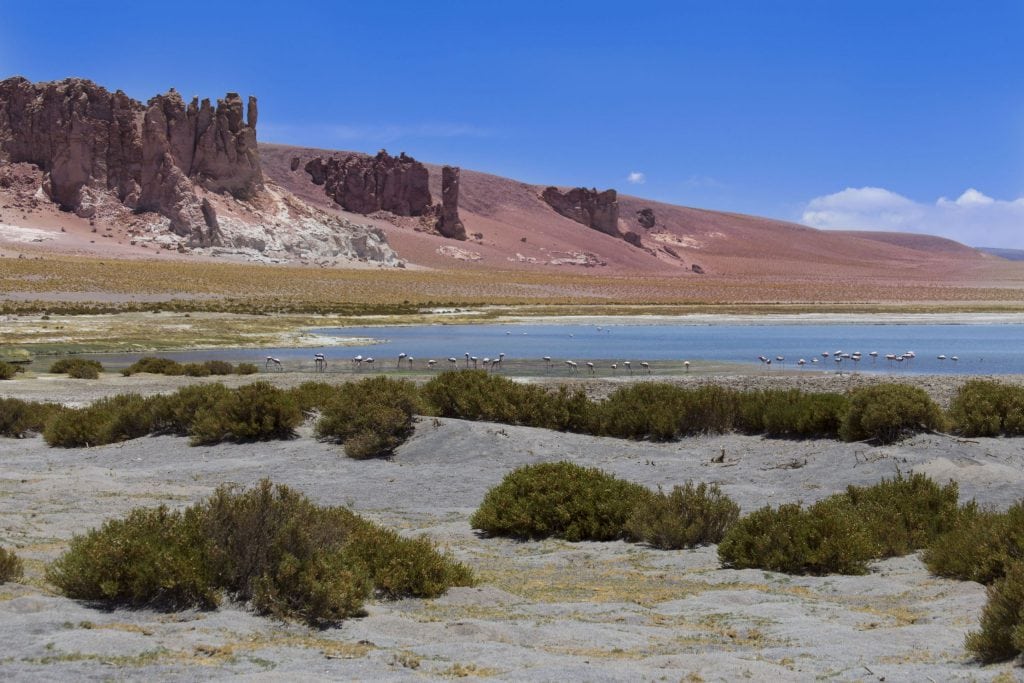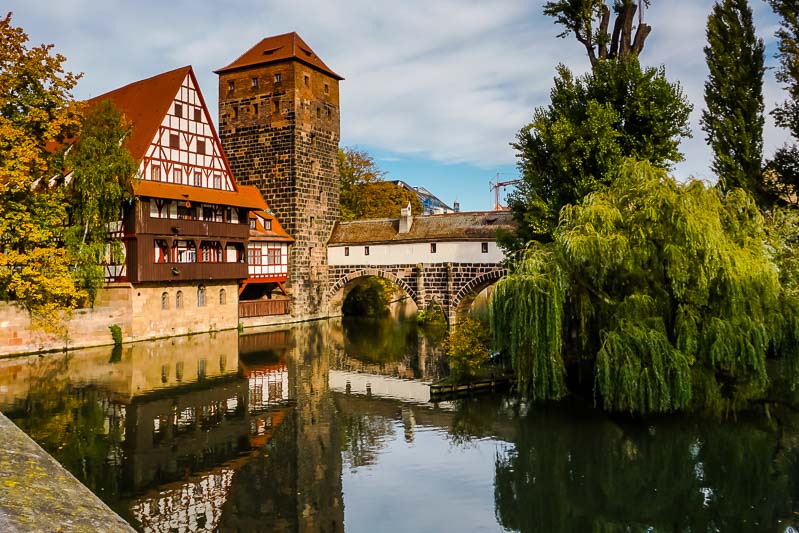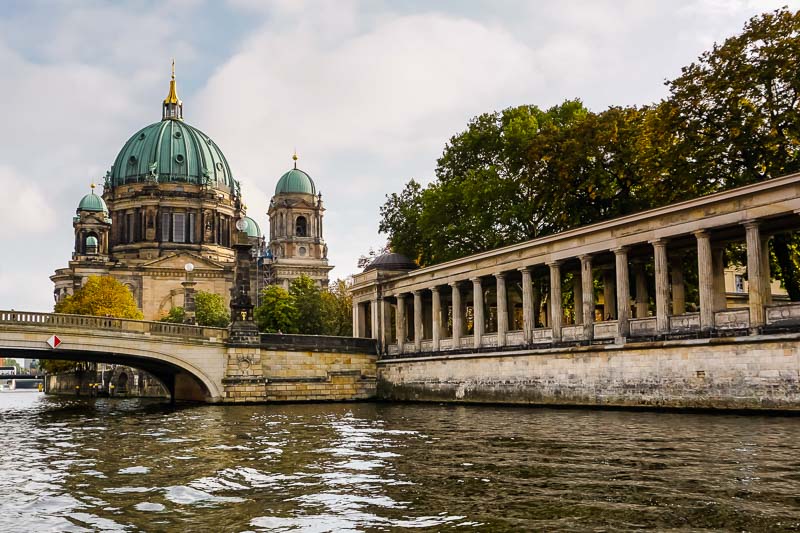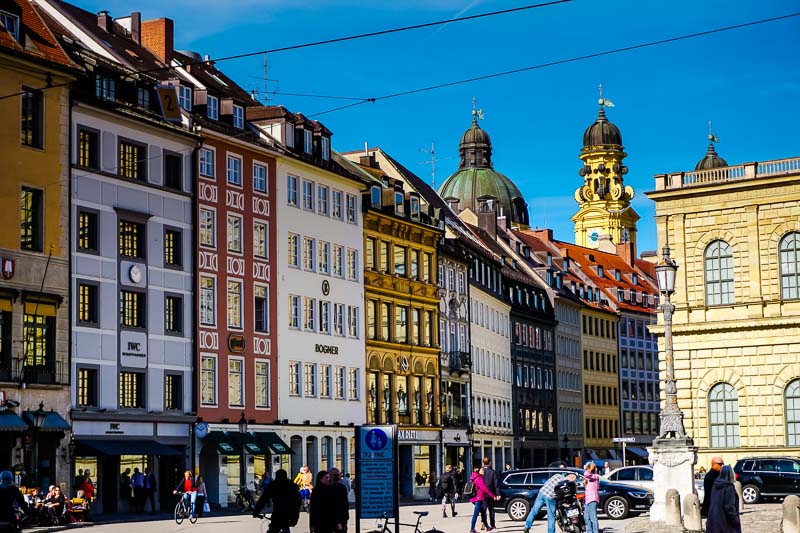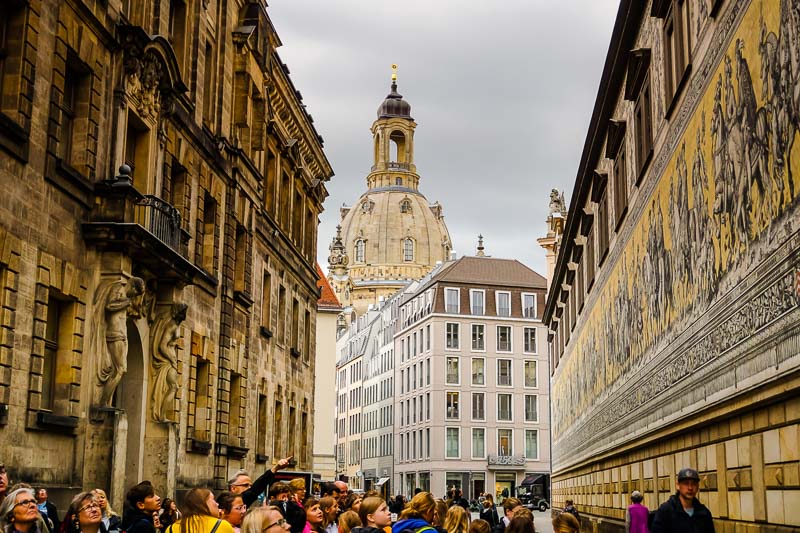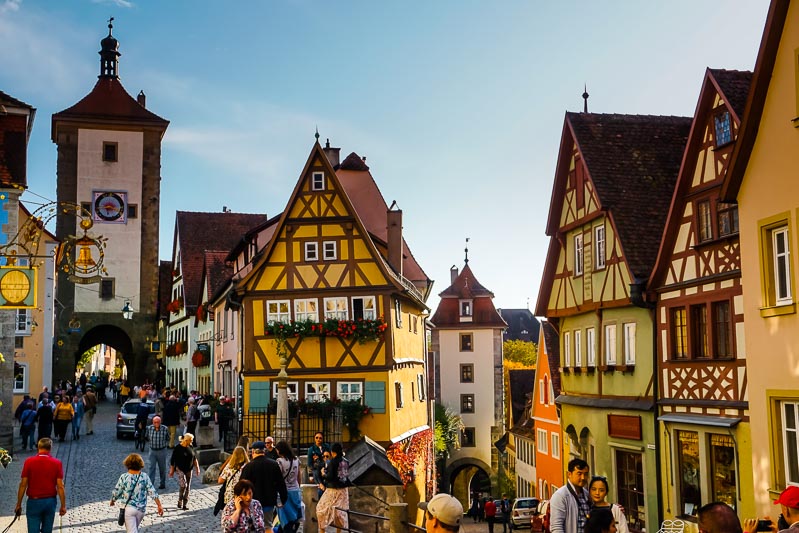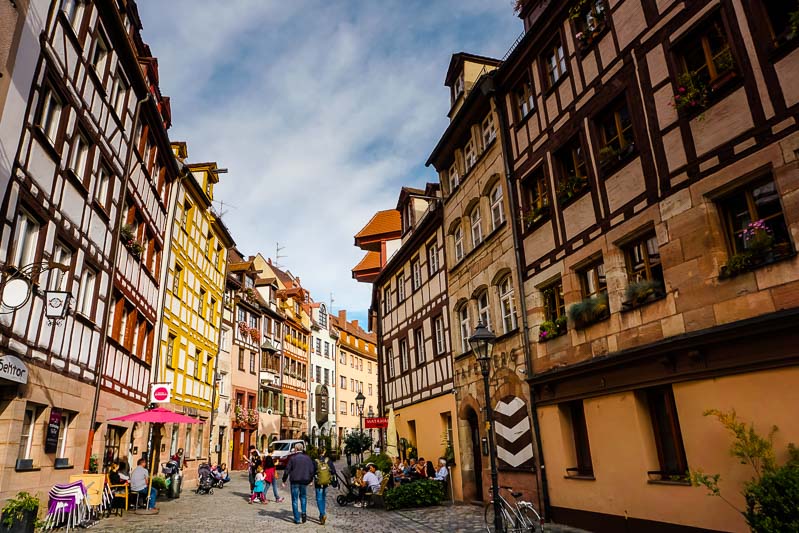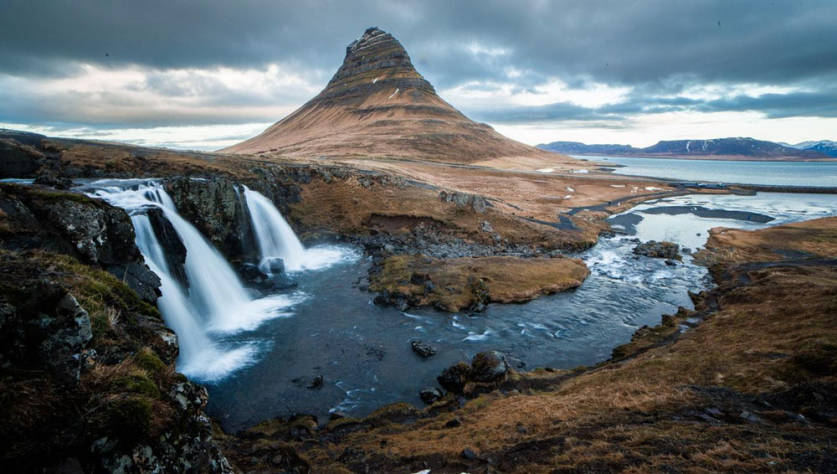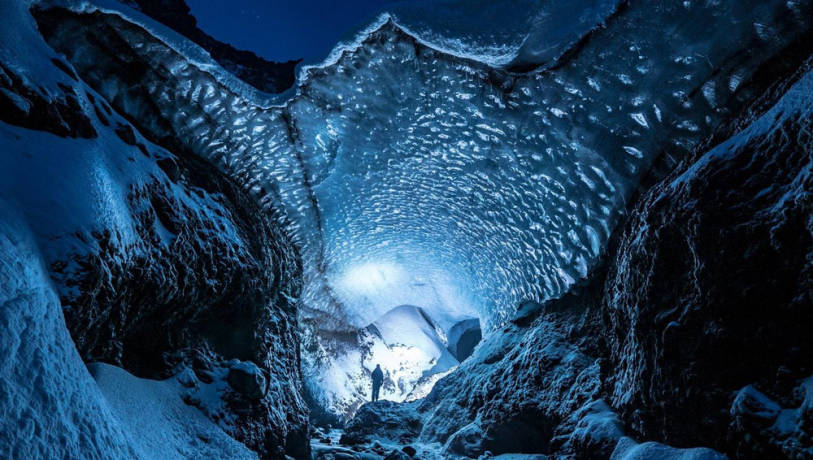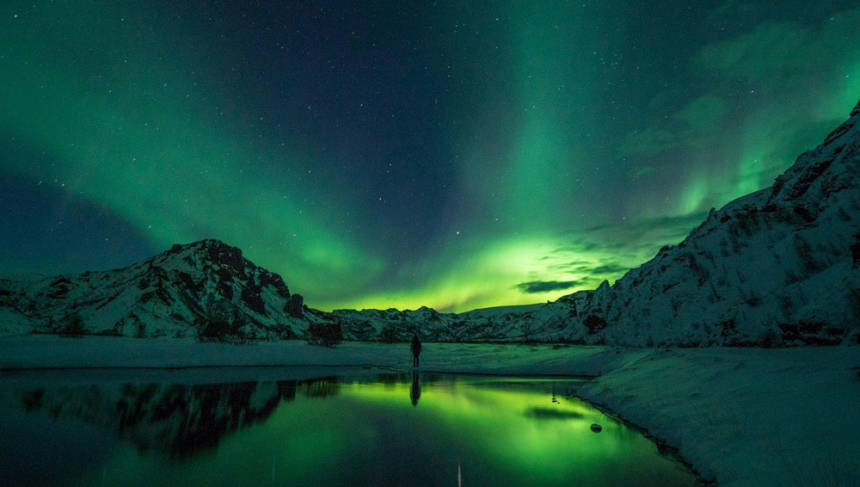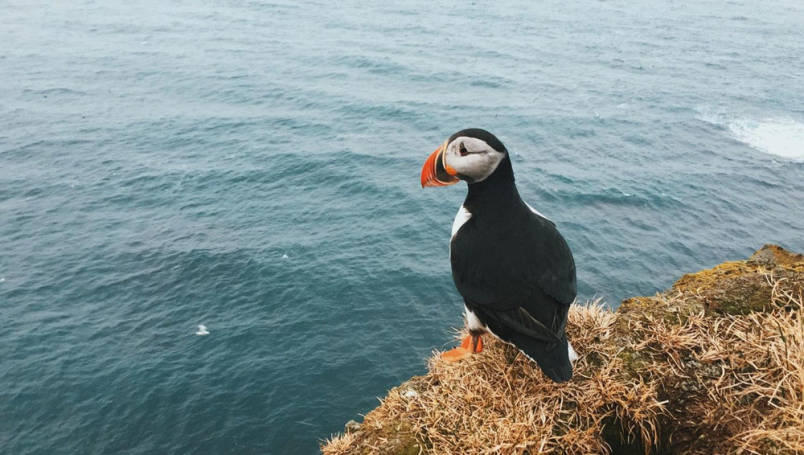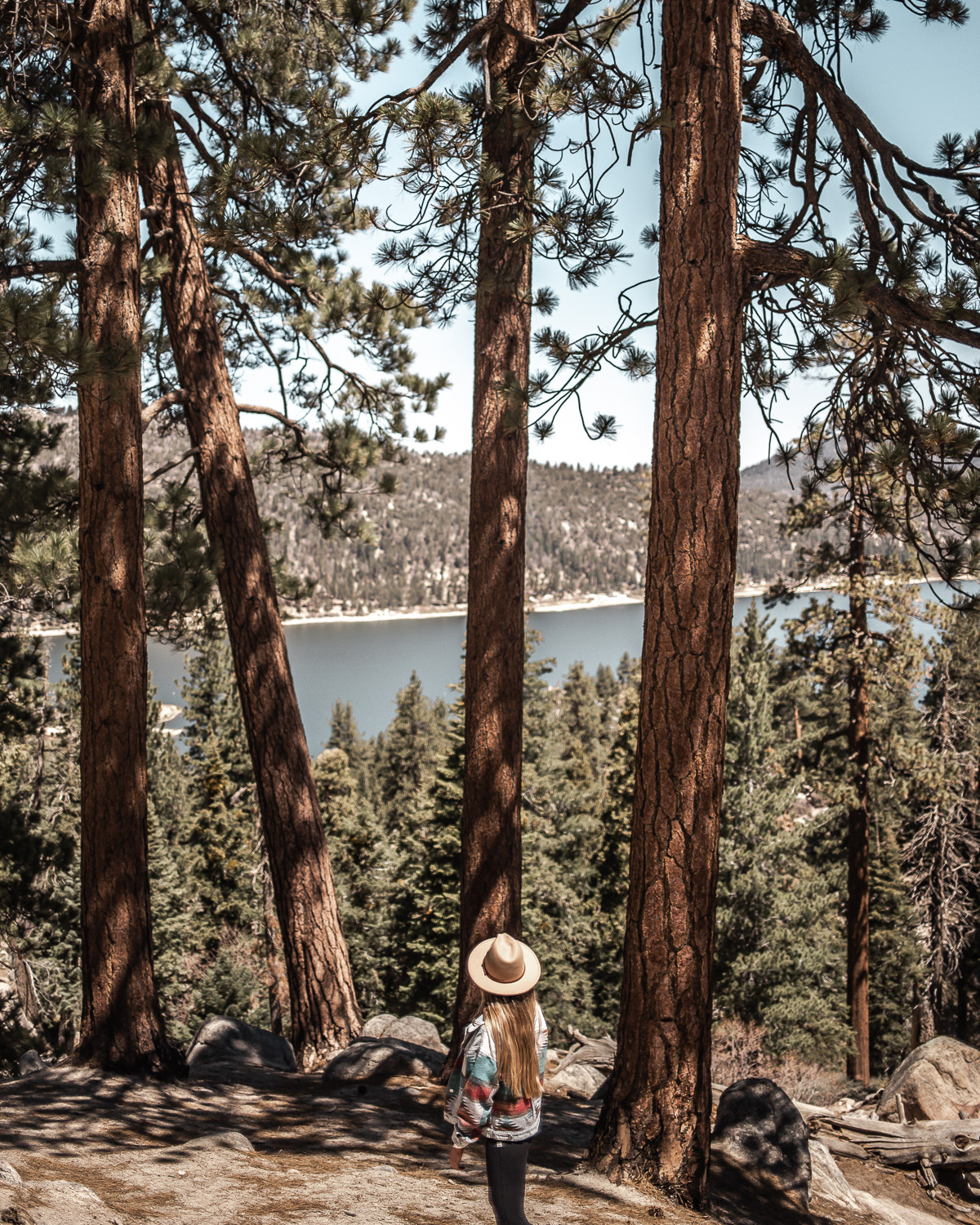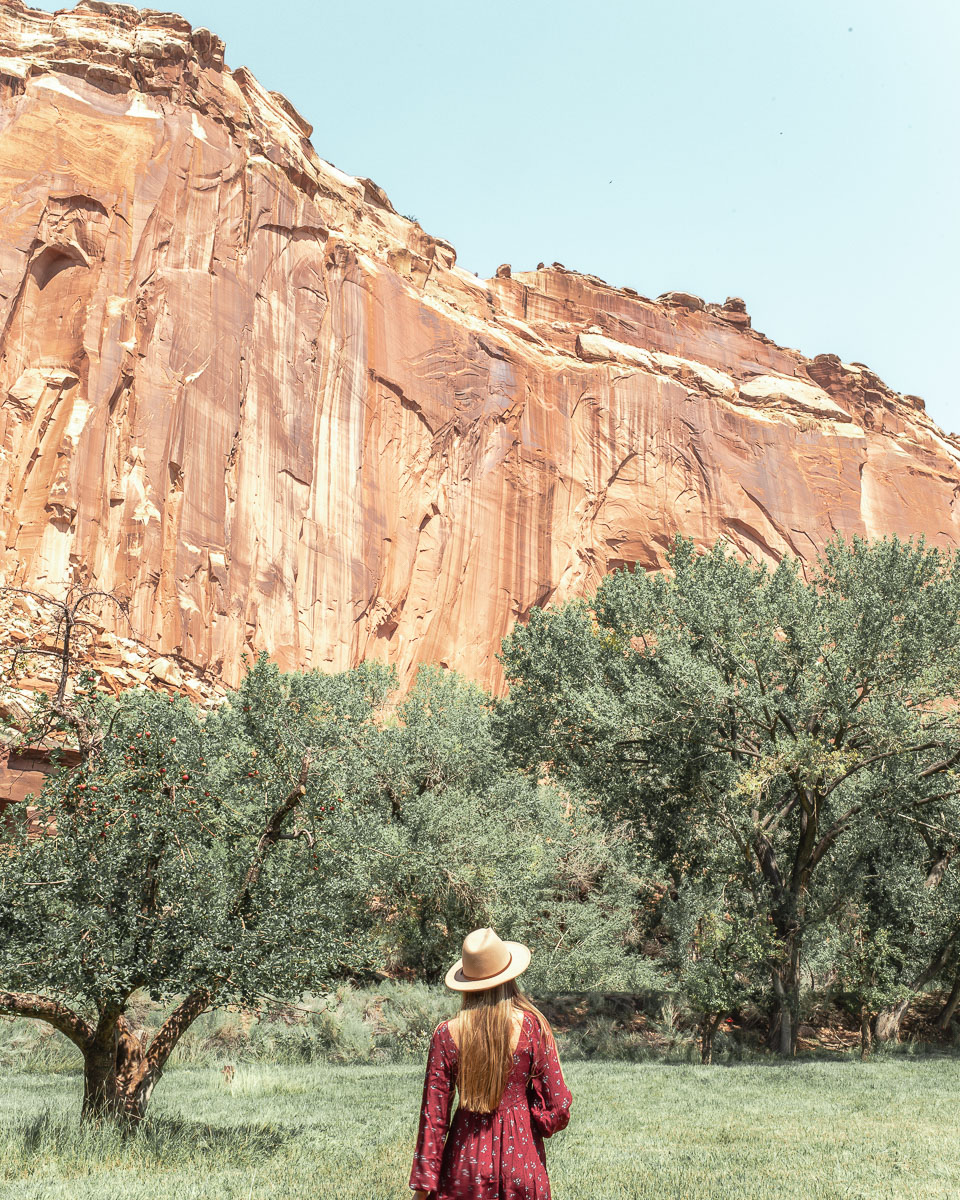Japan is an up and coming destination, with more and more people choosing to visit this unique country every year. But Japanese culture and etiquette is unique and very different from other cultures around the world.
So in this etiquette guide to Japan, I’m sharing the things that every traveller should know before traveling to Japan for the first time.
It’s important to understand the culture and traditions with these Japan etiquette tips, not only to be a respectful visitor, but also to get the most out of your trip to this spectacular country.
Here you will find my complete guide to Japan etiquette for tourists and tips for traveling to Japan for the first time.

Chureito Pagoda
Tips for traveling to Japan for the first time: etiquette and travel guide
1. Plan which season to visit Japan
If you want to see the Sakura (blossom) season then you will need to visit in Spring (March – April). Autumn is also famous in Japan and is best seen in October-November. However, if visiting in these particular times are not important to you then visiting in the low season (June – September or December-February) can be a great idea, with less crowds and some cheaper deals.
Summer is typhoon season but generally rain storms pass quickly. Alternatively, if you’re a skier then winter is a great time to visit.
We recently visited in late November until mid December and with autumn being later than usual, we were able to see autumn foliage in Kyoto in early December, then fly up to Hokkaido and experience the snow!
Winter is a truly beautiful time to visit and we’re already planning a trip next winter. So I definitely recommend travelling in winter months for a unique Japan experience and for lower costs and crowds!
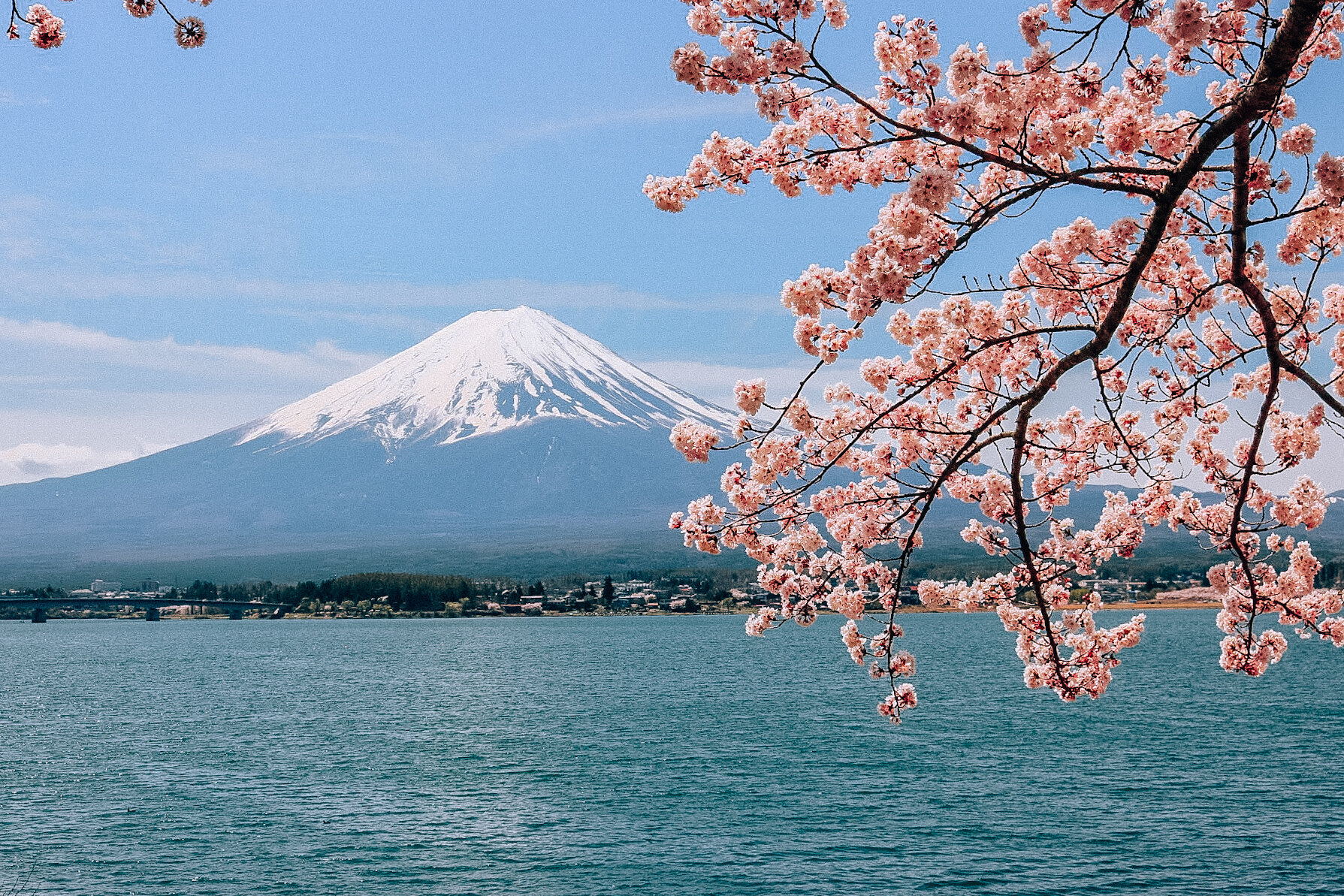
Mt. Fuji
2. Download offline maps (Google Maps or map.me)
Download maps or take a physical map on your trip with you. Alternatively, ask your accommodation for any local maps.
While Wifi is common in cities, is not always common or secured in smaller towns and rural areas.
I use Airalo eSIMs to access data abroad. Simply download the app and purchase a virtual eSIM for over 180 countries. As long as your smartphone is eSIM enabled (most new ones are), this is a great, affordable way to stay connected while you travel.
3. Download translation apps
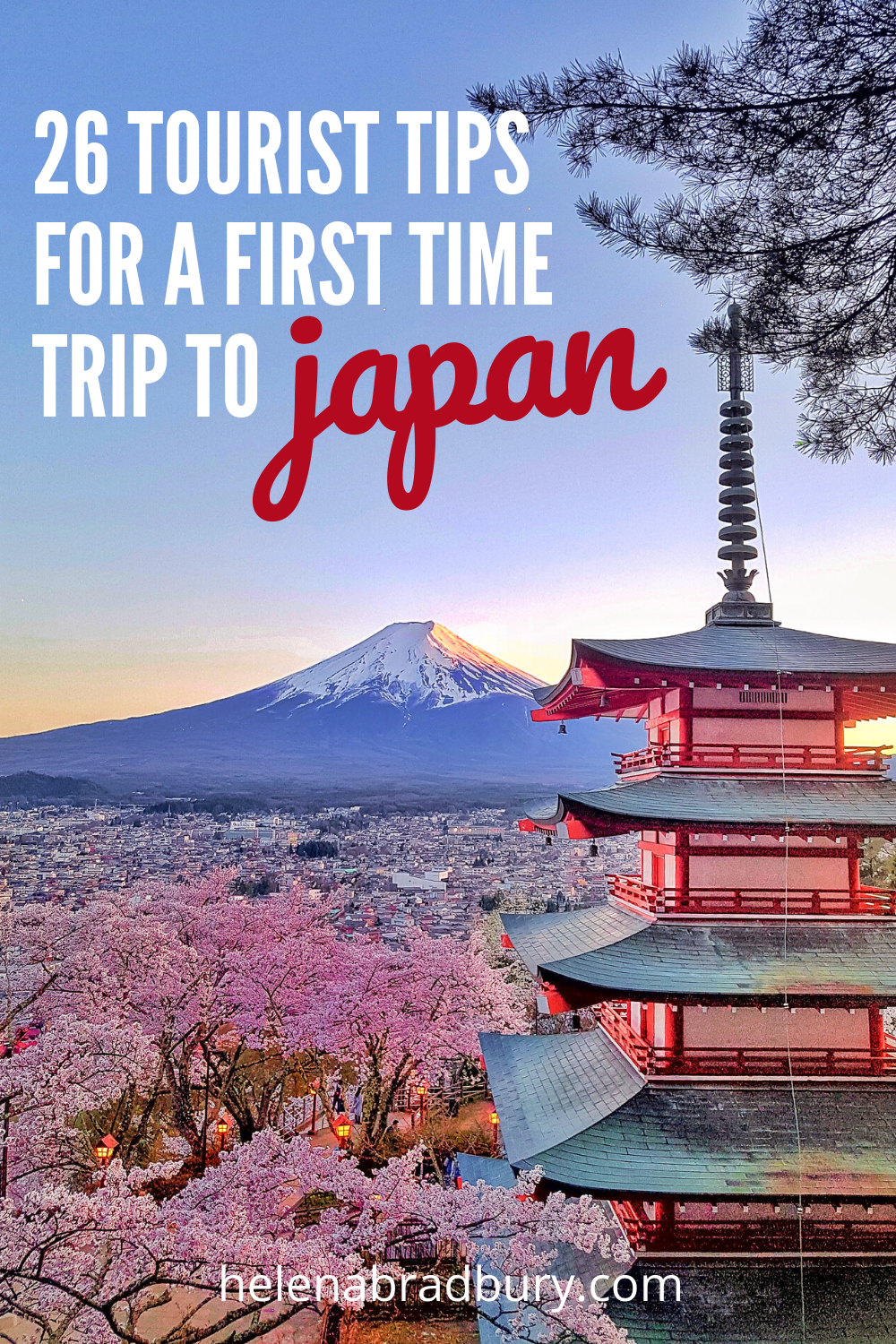
One of my biggest tips for first time travelers to Japan is to download Google Translate or get a phrases book before you go.
Whilst signage in big cities is fairly navigable (I had almost no trouble navigating the metro system in Tokyo using the colours and symbols available), but elsewhere this is trickier.
English is not widely spoken either except by younger Japanese people. People are very helpful and even being able to say ‘thank you’ in Japanese will get you a long way.
The camera function in Google Translate is particularly good, you can point the camera at any text (great for signage, menus in restaurants etc) and it will live translate on your phone screen!
4. Don’t wear your outdoor shoes indoors
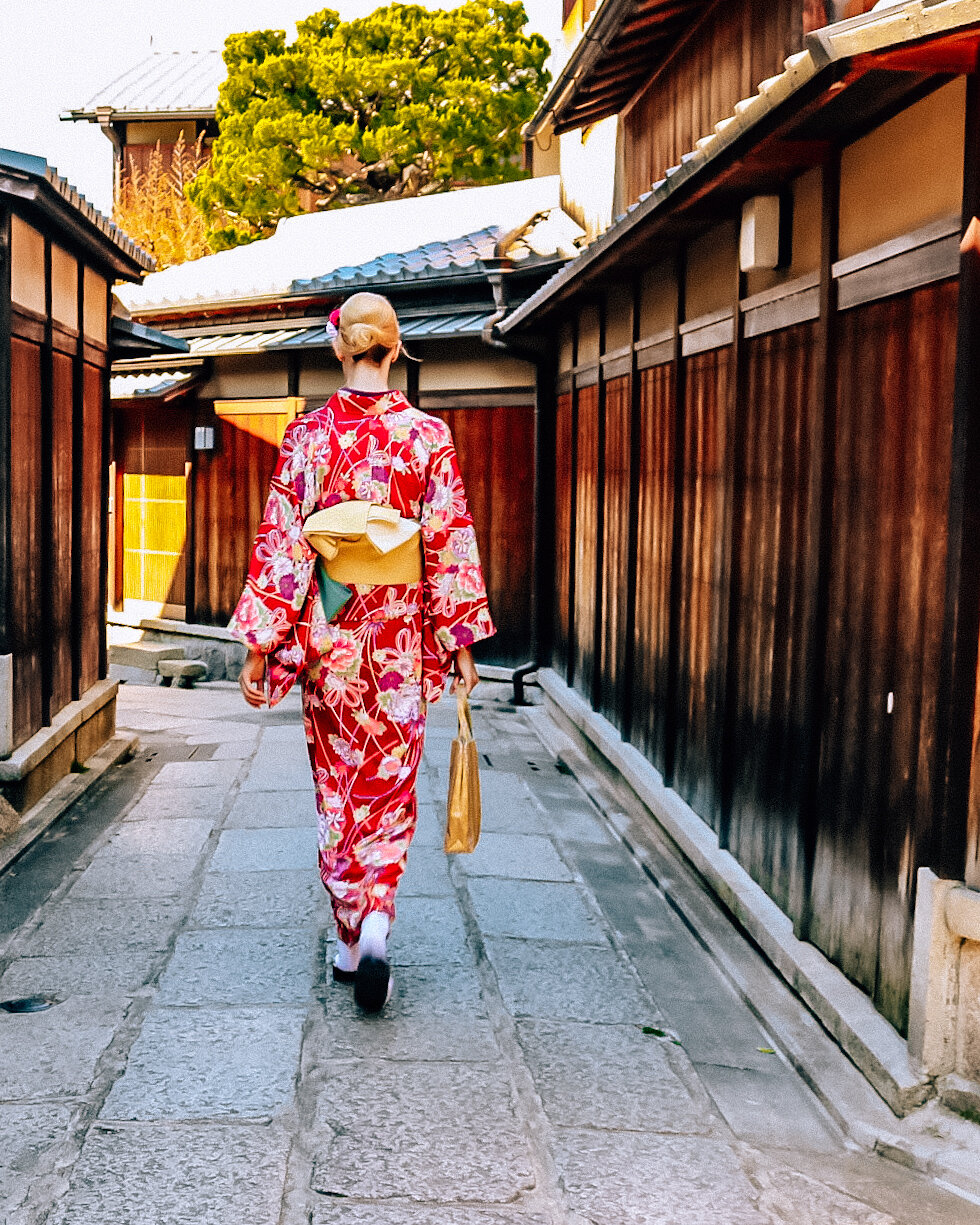
Kyoto
It is considered rude to wear outdoor shoes in a lot of indoor areas. Get used to changing into slippers/slip-on type shoes at the entrance of all homes and some restaurants and shops too – slippers will be provided for you.
But if you are in Japan for a prolonged period, it might be worth buying your own pair of indoor slippers to carry around with you.
5. Stay in a capsule hotel or hostel
These fun accommodation types are well-known in Japan and other Asian countries and they give you all the budget-friendly benefits of staying in a hostel but with your own private capsule space, complete with bed, bedding, light, shelving, storage and sometimes more in luxury capsules. Also consider staying in a Ryokan – a traditional Japanese style accommodation.
It’s worth bearing in mind that Airbnb is hugely unpopular with Japanese people and there have been several court cases attempting to rid the country of these properties which are deemed as rented out illegally.
I would avoid using Airbnb all together and look for the traditional Ryokan or capsule hostels instead.
6. Don’t consume food while you’re out in public
It is not polite to eat in the streets in Japan. Eating and walking is bad etiquette unless you’re in a special situation such as at a food market. This is also partly why there are no rubbish bins anywhere.
You will notice that Japanese cities are incredibly clean and it is rare to see litter. If you have any wrappers or waste just keep them in your bag and dispose of them when you get home.
If you buy food or a snack from a convenience store or street food, stand still and eat it where you purchased it. It’s also more likely there is a trash can where you purchased it, so you don’t need to walk around with rubbish in your pockets.
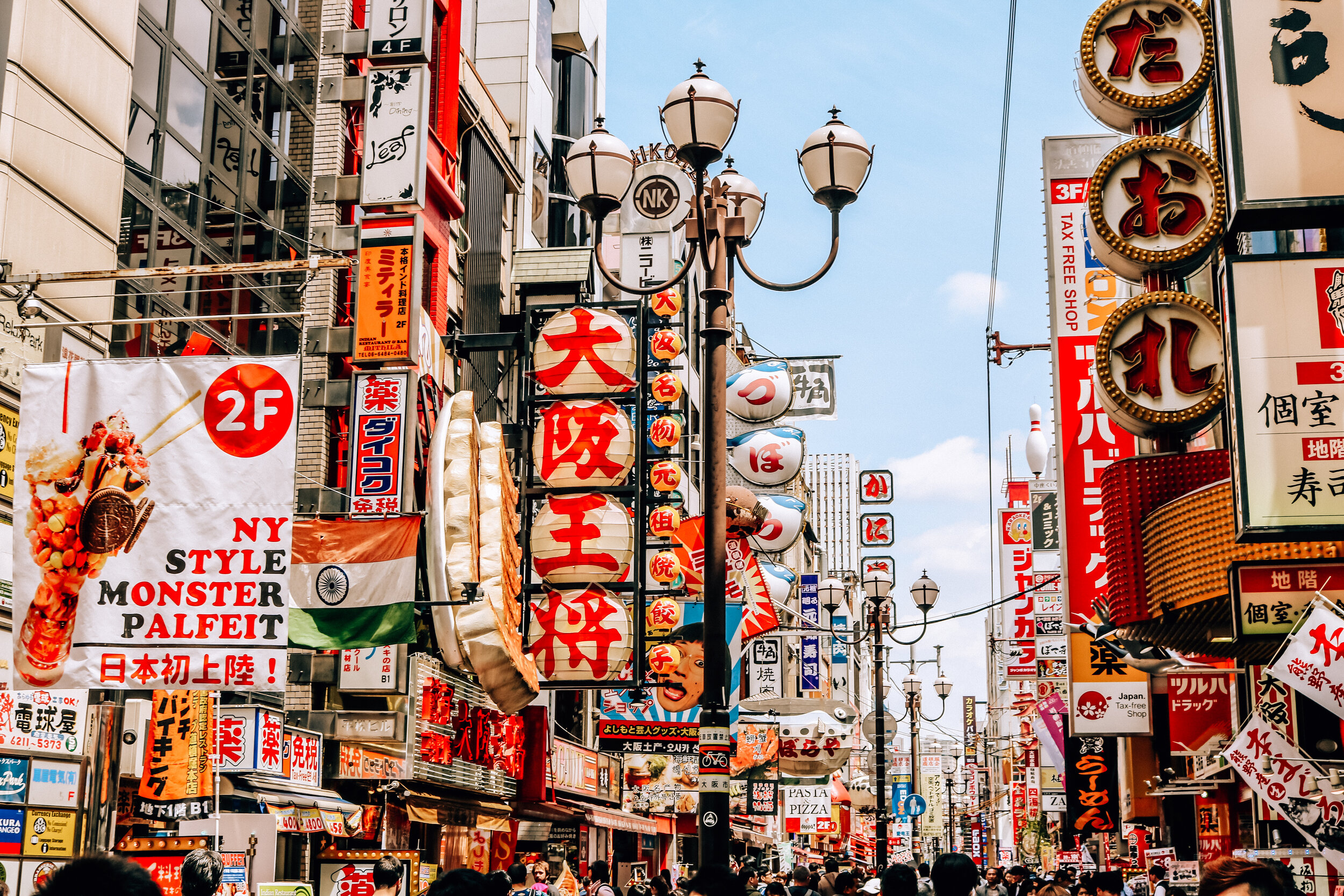
A street in Japan
7. Don’t blow your nose in public
This may be surprising advice for travelling to Japan but it is bad etiquette to blow your nose in public.
If you’re someone who hates the sound of sniffing, then unfortunately you’ll need to get used to it and probably do it yourself! Wait until you’re in private to blow your nose.
8. Slurping your food shows your appreciation!
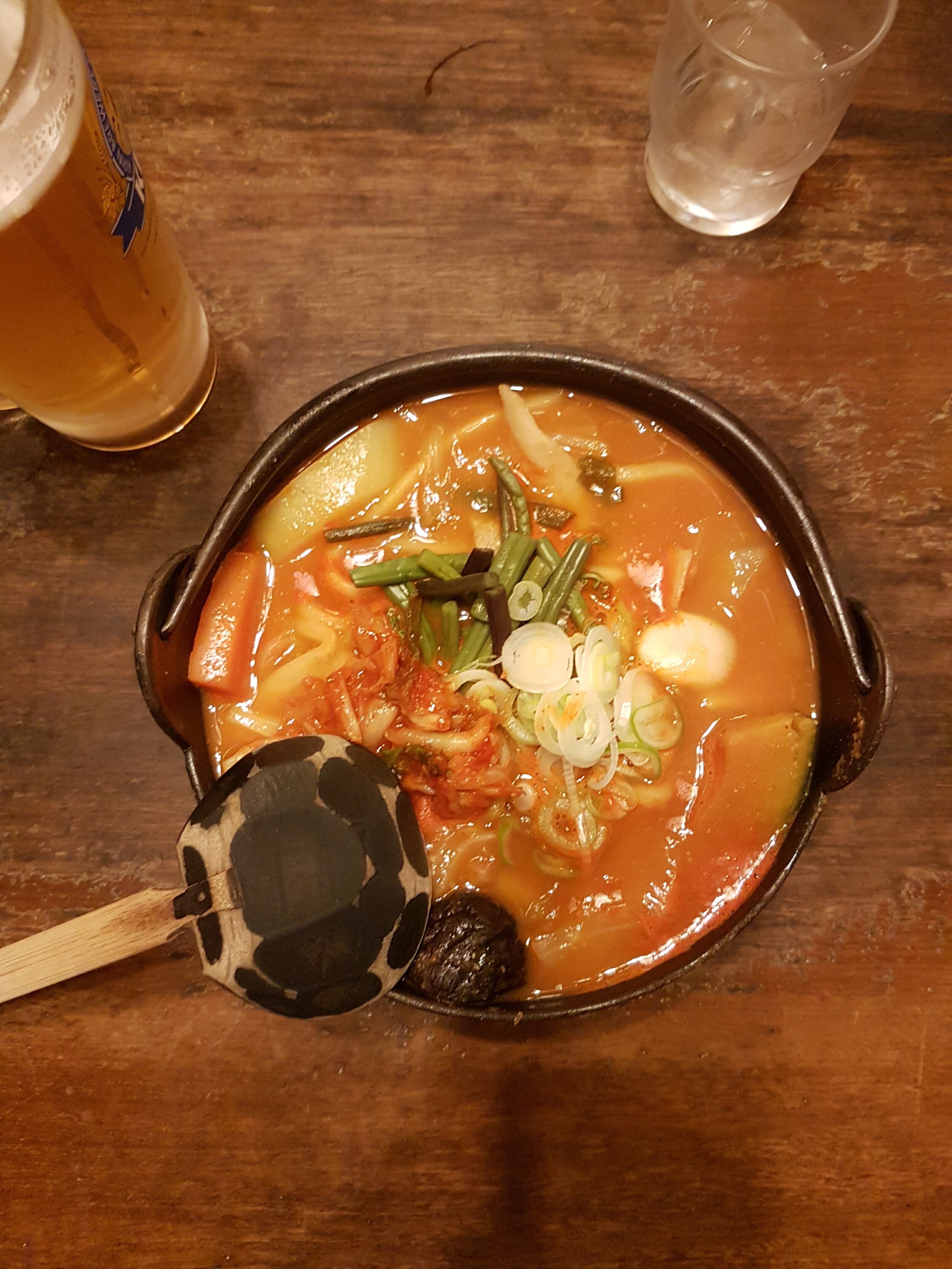
Hoto Noodles
Get used to slurping your food here – slurping is a sign that you’re enjoying your food, the louder the slurp the more satisfied you are. This applies for any noodles, soups or broth-based foods you’re enjoying.
9. Don’t tip in Japan
Great news for your budget, tipping is considered rude and bad etiquette in Japan. as the expectation for a high standard of service is already there.
This is usually one of the most surprising tips for first time travelers to Japan if you’re visiting Japan as an American.
If you do feel the need to in certain situations like an exceptional homestay, put the money in an envelope.
10. Have cash with you
Take a suitable amount of cash with you to Japan. Either exchange it before you go, use ATMs at the airport, or find a convenience store like 7-11 with an ATM inside.
11. Consider if you need a JR Rail Pass
If you’re in Japan for a longer length of time, you might want to consider buying a JR Rail Pass. But make sure you do it before you arrive, buying in advance is cheaper.
I did train journeys from Tokyo to Fuji, then Fuji to Kyoto and Kyoto to Osaka, already these three journeys meant I broke even on my Rail Pass.
NOTE: As of October 2023, the JR Pass price has increased by 70%! It is no longer viable for most people who spend 2 weeks in Japan and you will no longer break even doing the journeys I shared above. I recommend using this JR Rail Pass calculator to check if the pass is worth it for you.
However, check which trains you plan to use on your trip, not all trains are covered by the pass, such as the fastest bullet trains or some privately owned regional train companies.
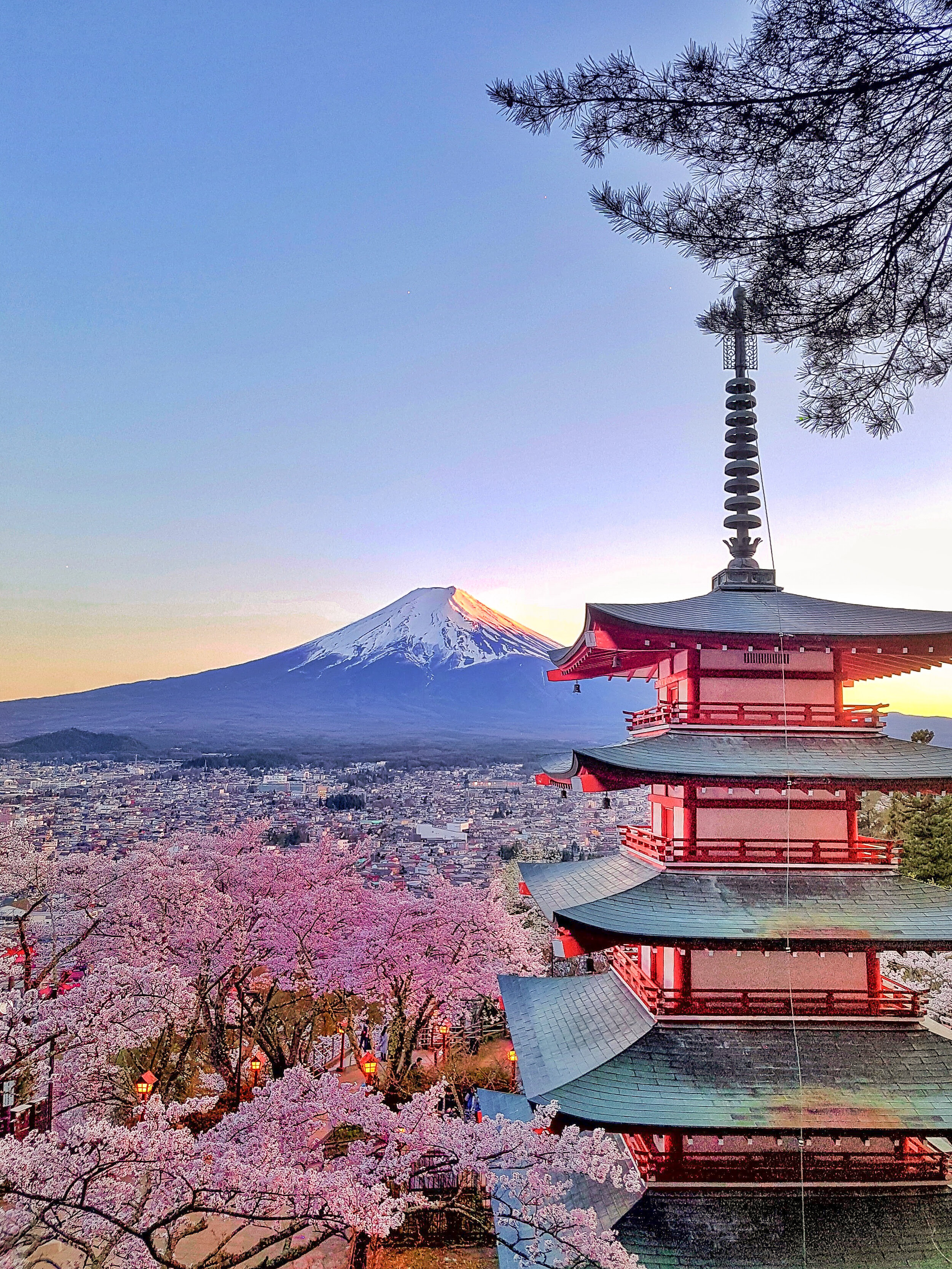
Mt. Fuji
12. Buy a Suica Card or Pasmo Card in Tokyo
When you’re in Tokyo, consider buying a Suica or Pasmo card. These are IC travel cards which are re-loadable travel card for the transport system and you can withdraw any leftover balance from the card before you leave Japan.
There are equivalent cards to the Suica card all over Japan (for example in Osaka they’re called Icoca) these are called IC cards and again make the swipe in/swipe out process so much easier at train stations rather than having to queue and buy a new ticket every time.
If you are an iPhone user, you can also purchase a Suica Card on your phone and add it to your Apple Wallet. (sorry Android users, this feature isn’t available for you yet!)
NOTE: As of 2024, there is a shortage of chips used to make IC cards and they are not readily available for purchase in many stations. If you are an iPhone user you can purchase a Suica and save it to your Apple Wallet. Otherwise if you need a physical card, these can be purchased at the Travel Center in Haneda Airport or there is some availability at major stations in the city such as Shinjuku, Shibuya and Ueno.
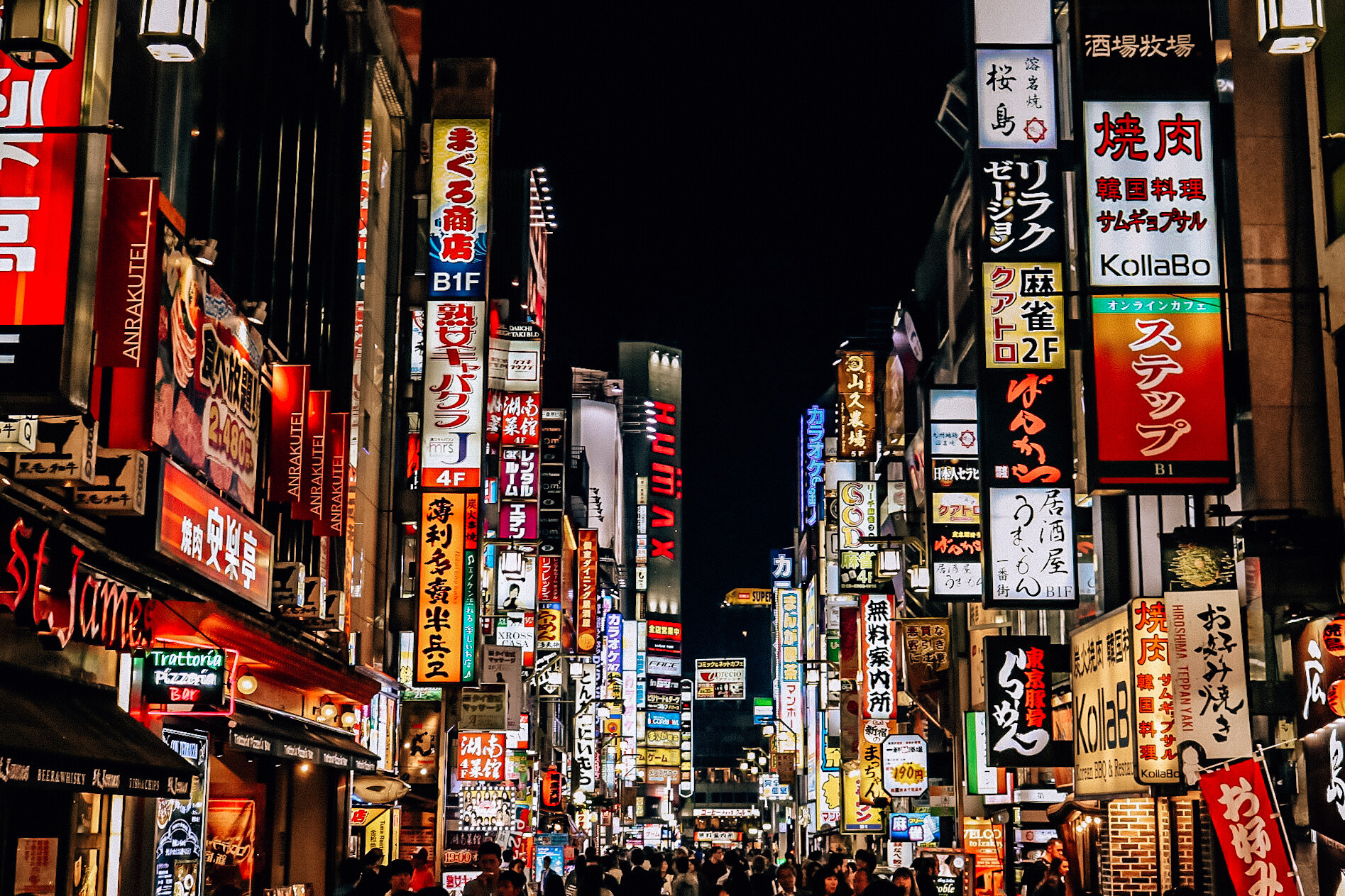
A bright Japanese street at night
13. Keep to the left!
As a British person I was thrilled to discover Japan also keeps to the left. This applies to cars, bikes and pedestrian traffic.
Punctuality is important in Japan so don’t hold up someone’s day by standing on the wrong side of the escalator!
14. Jaywalking is illegal
Use the crossings provided!
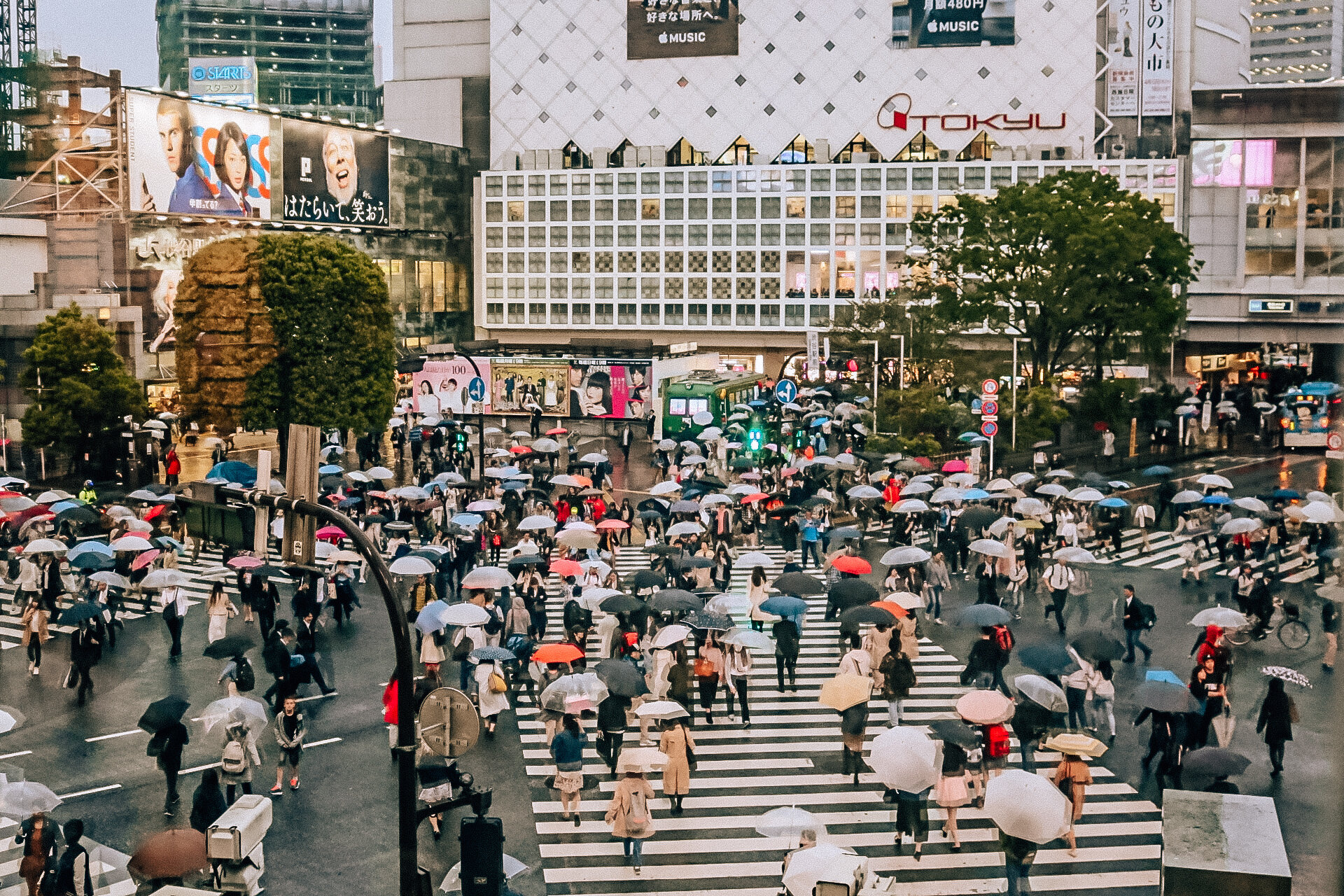
Shibuya Crossing
15. Don’t open a taxi door yourself
Don’t try and open a taxi door – they’re automatic! A taxi door will open automatically for you as it pulls up and again when you are ready to exit. So don’t try and touch the doors yourself!
16. Get to grips with chopsticks (no pun intended!)
You’re very unlikely to find knives and forks in most places, especially once you leave cities so make sure you can at least kind of use chopsticks – and don’t use them to stab your food either, this is also rude.
One of my hot tips for traveling to Japan for the first time is to practice at home by wrapping a rubberband around chopsticks and putting a tight roll of paper in between. This helps to mimic the pincer movement so you can get use to it!
17. Know how to place your chopsticks
When you put down chopsticks, always either rest them across your bowl or on the chopstick rest provided. Do not stick them upright in your rice or put them on the table directly.

Traditional Japanese meal
18. Don’t be afraid to ask for help if you get stuck
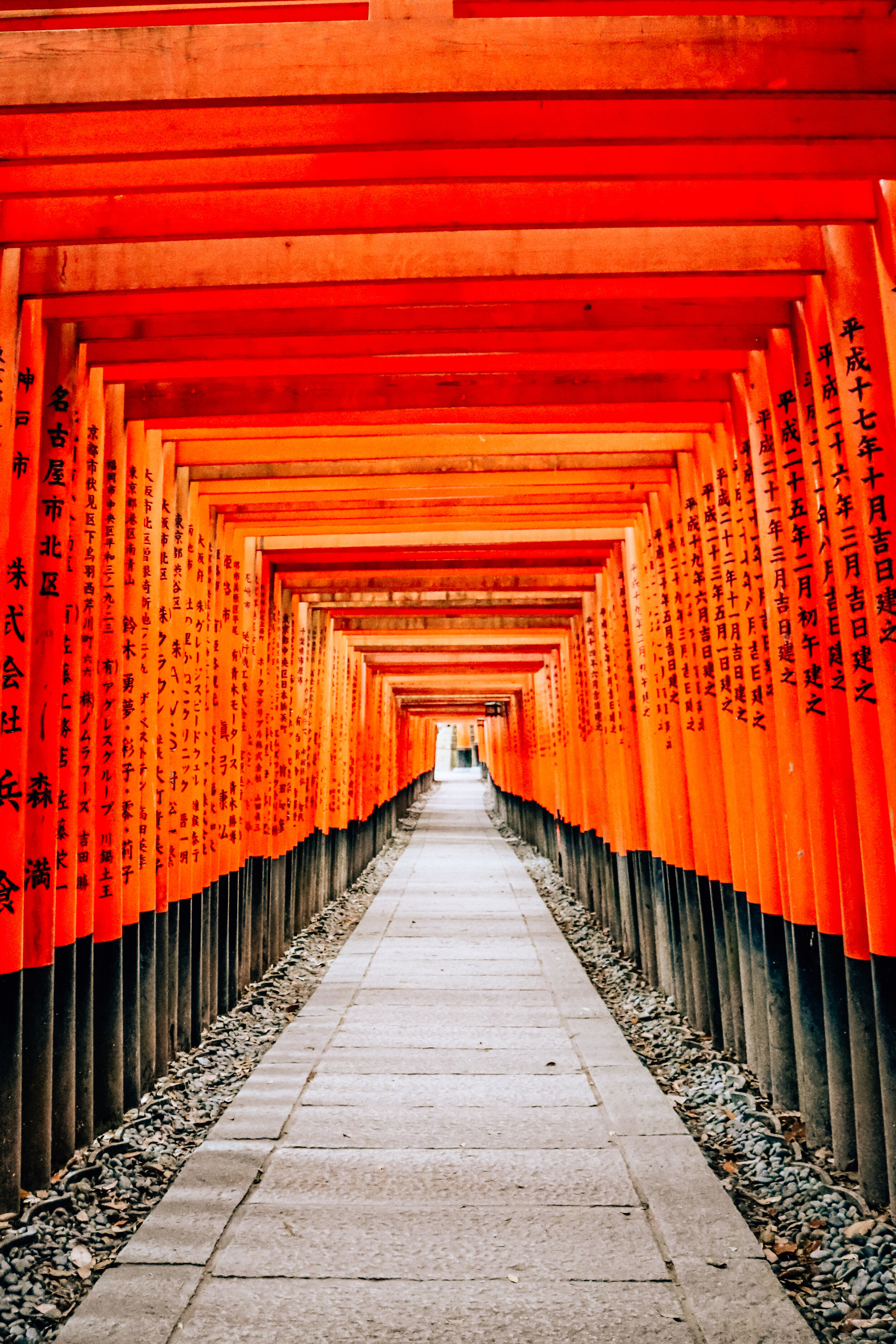
Torii Gates
A lot of Japanese people are very willing to help you even if they can’t speak your language. On several occasions when I was obviously looking lost, people came over to help me and I was able to show them a place name I was trying to get to on my phone or map.
What is really nice is to learn how to say ‘Please’ or ‘Thank you’ or ‘Where is…’ as it really shows you’ve made an effort as a visitor to their country.
19. Bow to greet someone
It is customary to bow in Japan to convey yourself in certain situations. Usually it is for greeting someone, thanking someone or to apologise.
It’s often easiest to learn from the locals here, if someone bows at you, then return the bow.
20. Food at convenience and grocery stores is amazing
Make sure to buy snacks and meals from the convenience stores, I found some of the best snacks in them to keep me fueled up during the day, they have an amazing variety and very fresh too.
My favourites were Onigiri, pork buns and Mochi balls. The fresh sushi was better than some I’ve had in Japanese restaurants at home.
You can also go to grocery stores where they have a prepared food section with many meals including sushi to choose from
Pro tip: Go in the late afternoon/early evening, there will be less selection but they will be significantly discounted (usually around 5pm).
21. Put your money in the tray
When you pay for things there is a small tray to put your money in on the counter, don’t put your money directly into the hand of the person selling.
Ignoring the tray is bad etiquette. Also don’t count the change to make sure it’s correct, Japan is a very polite culture and they would never rip you off as a tourist.
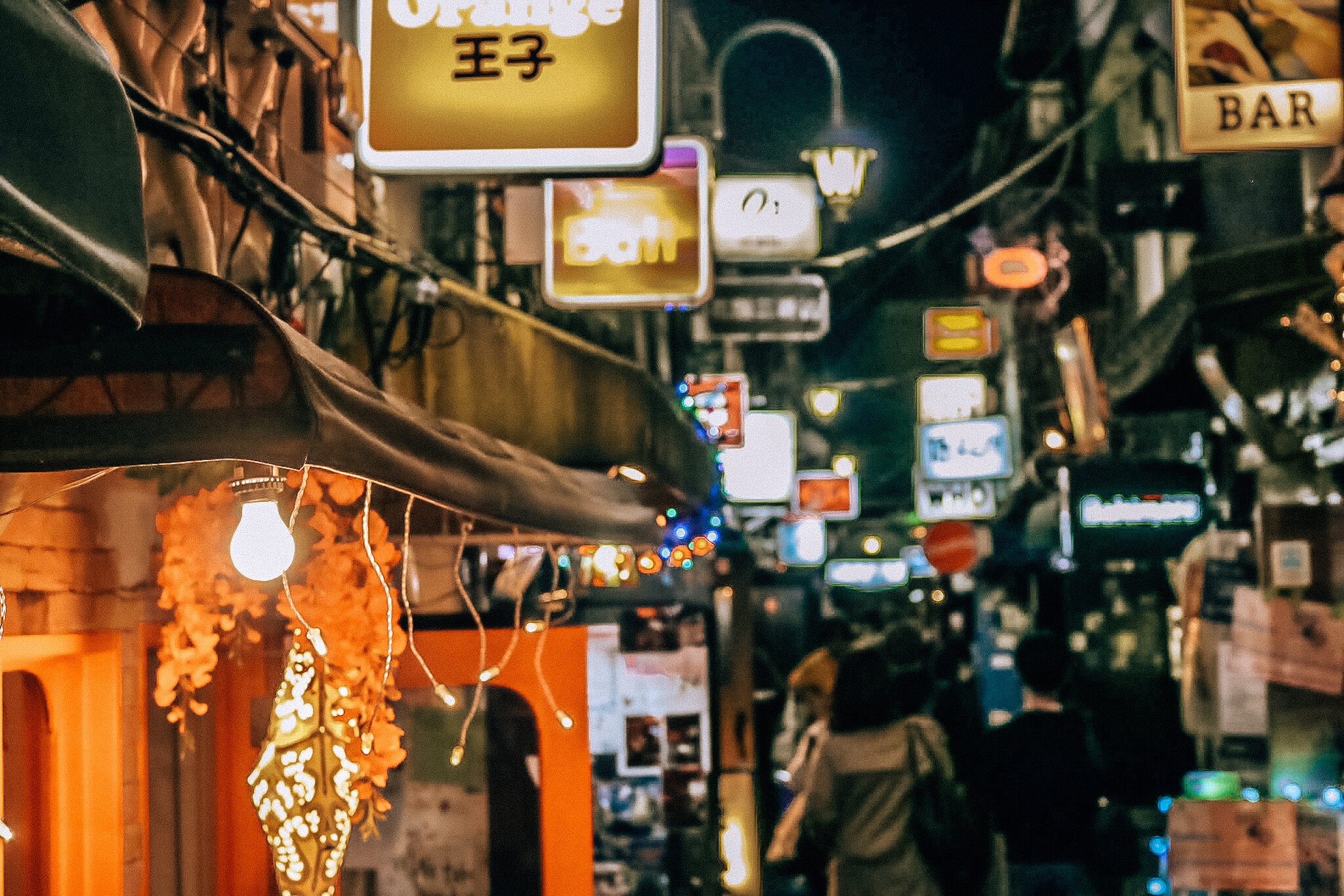
Bar alley
22. Accept items with both hands
If someone hands you something, accept it with both hands and palms laid flat. This is often the case with business cards which are significant in Japan and it would be insulting to not accept one and treat it with the respect you would the person handing it to you.
23. Carry your passport with you at all times
By law, foreign visitors are required to carry their passport on them at all times in Japan to show their ID and visa status.
While I was never asked to show it, it’s a good idea to keep it with you and have a photocopy as a back up at your accommodation, just in case!
24. Cover up your tattoos
If you have obvious tattoos, it would be wise to cover them up. Japan has a long history with tattoos and they were illegal until after World War II.
However there is still a strong association with criminals and tattoos, as well as being associated with the Yakuza – Japanese mob/organised crime gangs. Because of this, you still don’t see many tattoos in Japan today.
If you want to use a traditional Onsen, you may be required to cover your tattoo with a bandage or you may be refused entry completely.

Sake Barrels
25. You won’t get caught short!
There are free public toilets everywhere! And like everywhere else in Japan, they are extremely clean.
Although be prepared for a toilet like nothing you’ve seen before, with toilets having several buttons and functions such as heated seat, a massage, a wash and dry service. Going to the toilet becomes quite a fun event!
26. Vegetarians may struggle in Japan – download the Happy Cow App

Seafood stall at Fish Market
If you are vegetarian, you will probably struggle in Japan! Vegetarianism is not a recognised concept in Japan and confusingly fish and chicken are generally not considered ‘meat’ so just saying ‘no meat’ still won’t always work.
Your best option is to look at the side dishes and noodle soups although be aware that a lot of places will use meat to make the broths. Again, Google Translate is probably your best friend here!
There is also an app called Happy Cow which has really expanded it’s reach and can be used to fin vegan and veggie restaurants wherever you are – of course this is much easier in cities than rural areas.
27. Use the luggage forwarding service
It is often frowned upon to take your luggage on the commuter trains, especially at rush hour. No one will stop you but we usually tried to travel to the airport or our next stop outside of rush hours so we didn’t inconvenience anyone with our huge suitcases!
There is also limited accessibility in Japan, some stations just don’t have elevators. So if you’re disabled, travelled with a child in a pram or just have lots of luggage – it can be a nightmare.
Of course Japan prepares for this though with their Yamato Transport luggage delivery service. They can hold, store and ship your luggage to your next destination within Japan for around £11/$15 per case. This is great if you don’ t have luggage space reserved on the Shinkansen, or if you’re travelling in more rural areas with a small bag for a few days and want to forward your big luggage to your next city destination in Japan.
To do this, look for “Hands-Free Travel” services at your hotel reception or the baggage services counter at major train stations. Yamato Transport has the cute yellow logo with the black cat on it.
28. Prebook luggage space on Shinkansens
This is one of the biggest tips for first time travel to Japan that many people don’t know. Unfortunately luggage racks are not first-come-first-serve on Shinkansen bullet trains.
While the small overhead racks are, the bigger luggage storage spaces have to be reserved in advance with your ticket. These spaces are limited so they sell out fast and the rail conductor will check/ask you to move your luggage if you’ve put it in someone else’s booked space.
Make sure you book the luggage space you need, or use the luggage forwarding service I mentioned above.
This also goes for prams/buggies or any other large items you’re travelling with for kids.
29. Allow plenty of time for catching trains
I cannot emphasise enough how HUGE some of the stations are in Japan. And trains always run on time (sometimes leaving a minute early in my experience).
I absolutely suggest you arrive at a major station at least 30 minutes before. This includes Tokyo Station, Shibuya, Shinjuku, Ueno, Osaka Main Station, Kyoto Station etc.
Rural towns and smaller metro stations are fine.
30. Don’t skip affordable Japanese chain restaurants
Japanese versions of fast-food are just so much better than McDonalds or any of the other stuff we have at home.
For incredible and affordable Japanese curry, check out CoCo Curry.
For an affordable ramen chain, check out Ichiran.
I also loved Yoshinoya (Gyudon rice bowls), Sukiya (Gyudon bowls with lots lof toppings) and Matsuya (beef rice). These are all fast-food chains with specific menu items at great prices.
31. How to use ramen ticket vending machines
Many ramen shops in Japan use a food ticket system where you place your order on a vending machine, pay the machine and receive a ticket which you give to the staff.
In general, ramen shops are either full service or food ticket service. This system speeds up the food ordering process when often many of the ramen restaurants are tiny – some only seat 5-8 people.
So to speed things up, you place your order in advance as soon as you arrive to reduce the delay on food and the time a seat is occupied.
When you arrive, check the food menu outside and pick what you want (if it’s in Japanese, use the translator app). Then go to the machine, press the buttons for the dish or dishes you want to order (some include buttons to order drinks too). Then insert the amount of money needed. Take your tickets. The tickets will either be collected by the restaurant staff if you’re queueing outside, or given to the staff as soon as you walk in.
32. Use the fare adjustment machines if you’re unsure which ticket to get
Public transport on the metro system in Tokyo and other major cities is based on distance travelled.
However if you’re purchasing single tickets (not using an IC card) it can be confusing to figure out what station you’re going to or what the fare is.
Fortunately, Japan is great with this and offers fare adjustment at every station, so you can always make up the difference if you have the wrong ticket – you won’t get in trouble!
So my tip: if you’re unsure which ticket to buy, just buy the cheapest one. Then when you reach your destination station, simply go to the Fare Adjustment machine and it will tell you the difference in fare you need to pay.
33. Wearing a mask is respectful
Although not required by rules, mask wearing is much more common in Japan and in crowded situations such as on public transport, it is respectful to wear a mask.
34. Don’t eat on public transport
The only exception to this rule is the Shinkansen when you can buy bento boxes for your trip.
But for metro, subway or local trains, it is not normal or common to eat or drink on transport.
35. Don’t mess up the flow of people
Japan is all about efficiency and most people are just going about their day and want to do it as quickly as possible.
So if you need to stop to check your phone or map or read a sign or just to look at a sight or attraction, step to the side – ideally close to a wall, edge or waiting space so you don’t block and disrupt the flow of people.
While this tip should be implemented everywhere because it drives me nuts, stopping in the middle of the streets is a big no-no when it comes to etiquette in Japan.
36. Be prepared for small hotel rooms
This tips is mostly for Tokyo but this city is a place where space is a premium.
Unless you’re staying in 5* hotels, many of the affordable hotels are affordable because they’re small.
Pro tip: most of these hotels have space under the bed to store your big luggage.
37. Check flight prices as well as train for long distance
if you’re travelling extensively in Japan, perhaps to Hokkaido in the north or Fukuoka in the south, it’s tempting to assume that trains are your cheapest option.
However with the recent rise in JR Pass prices and the standard cost of Shinkansens already being high, you might want to check flight prices instead.
Japan has great lowcost domestic carriers which include Peach, Jetstar, ANA, Air Do, Japan Airlines (JAL) and Skymark.
38. You will need an International Driving Permit to hire a car
It’s common to hire a car in more rural areas of Japan if you’re doing extensive travel. But be warned you will need a valid International Driving Permit (IDP) from your home country, your standard license is not enough to be accepted.
39. Check if you need permissions to bring your medication
There are[……]
Read more
